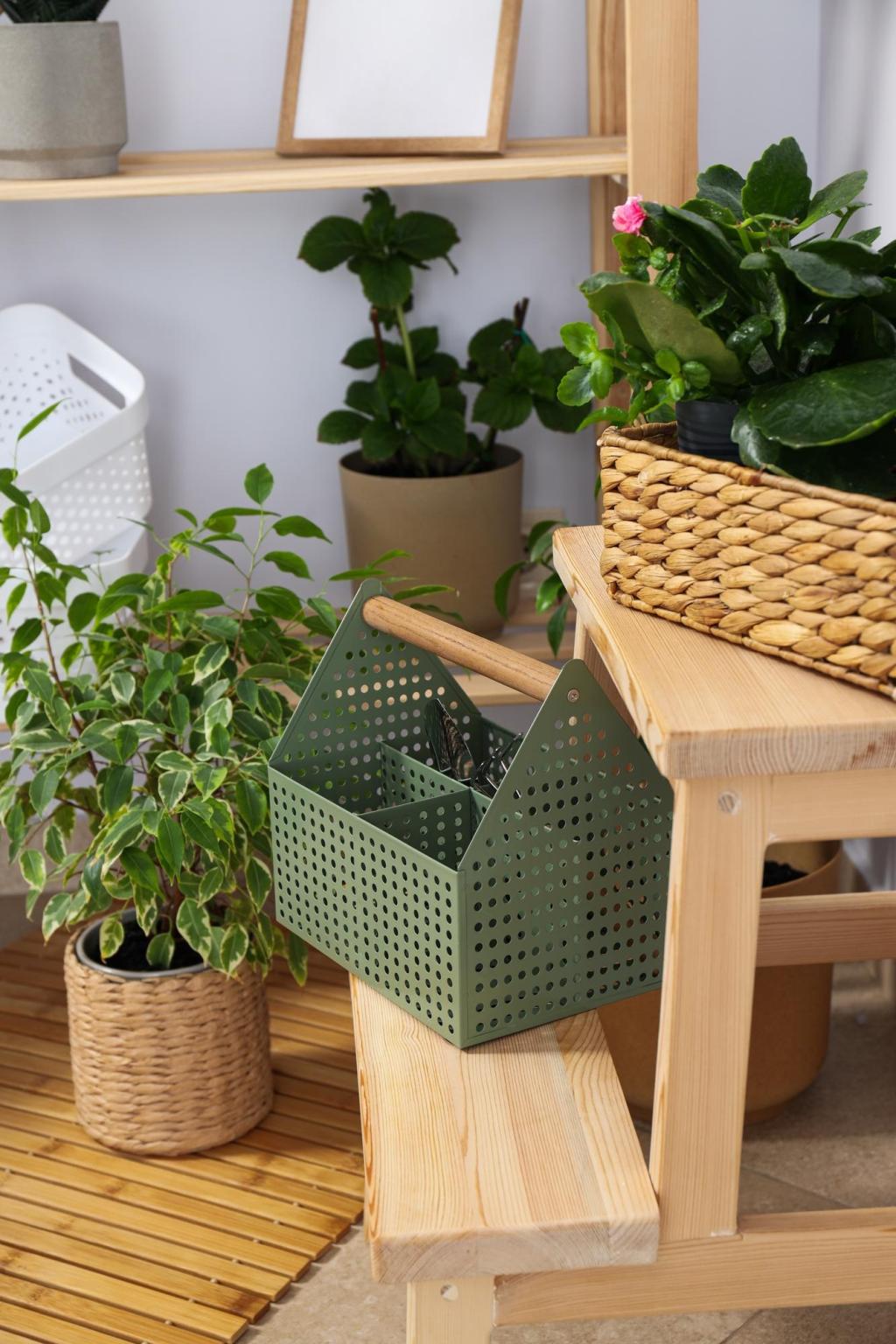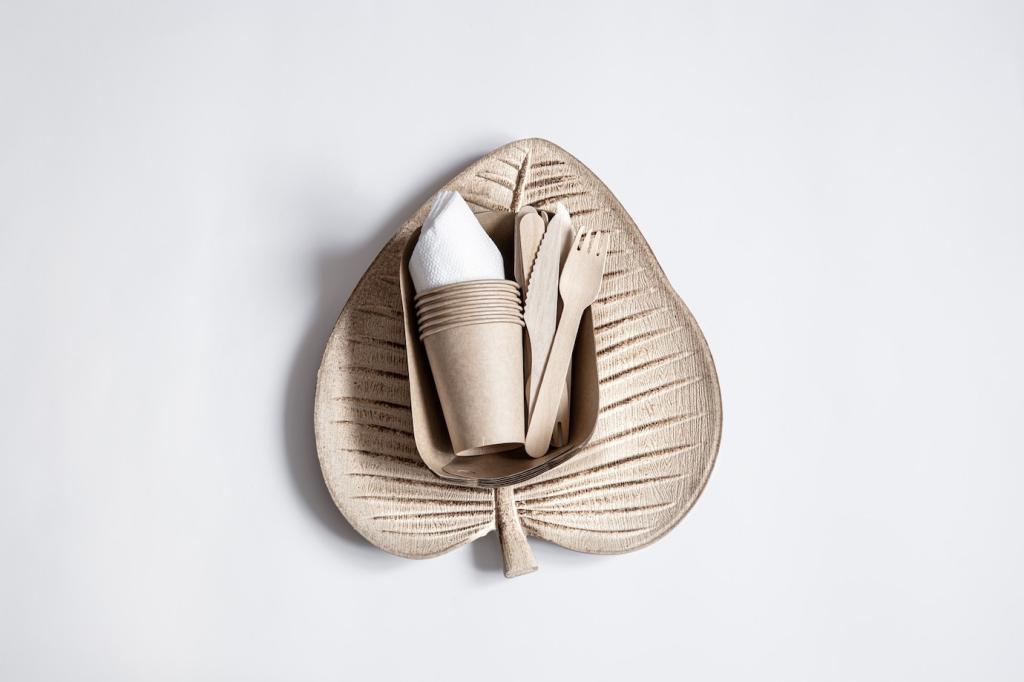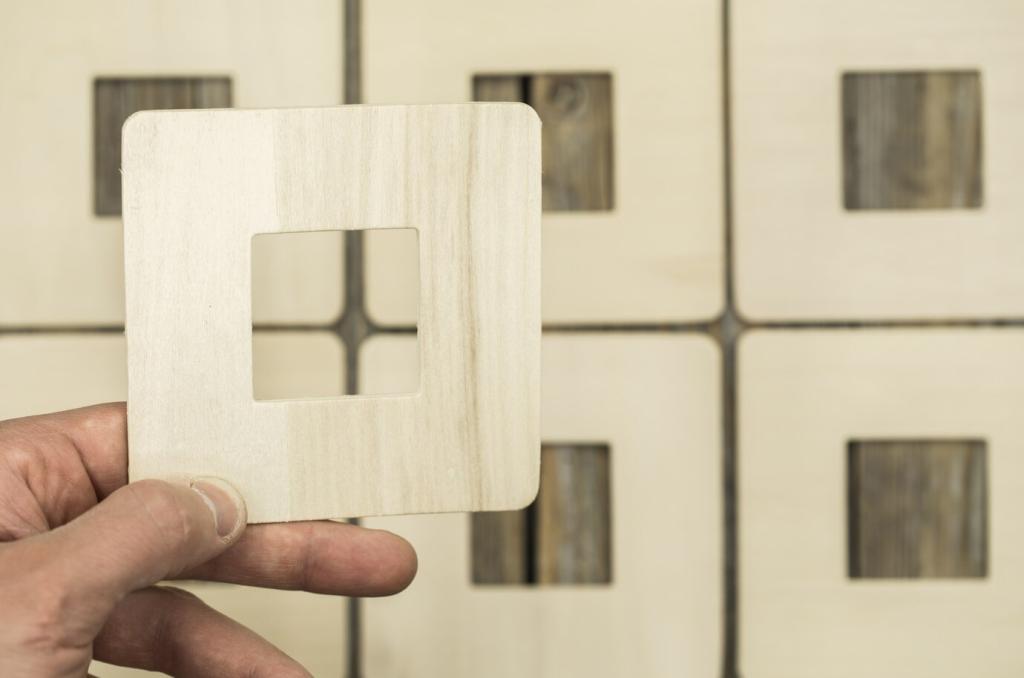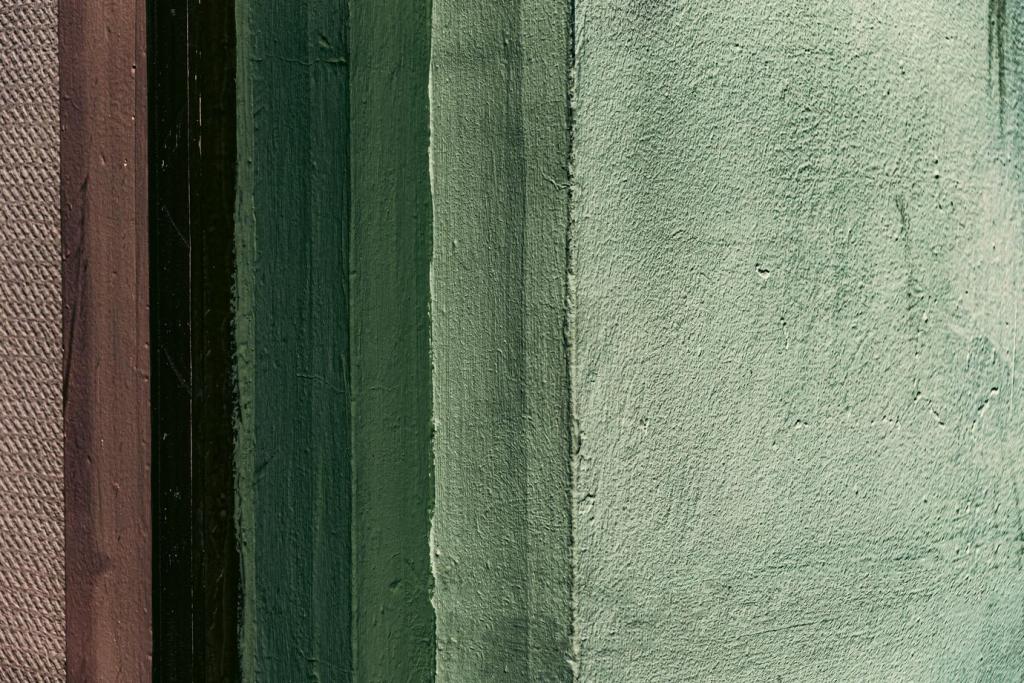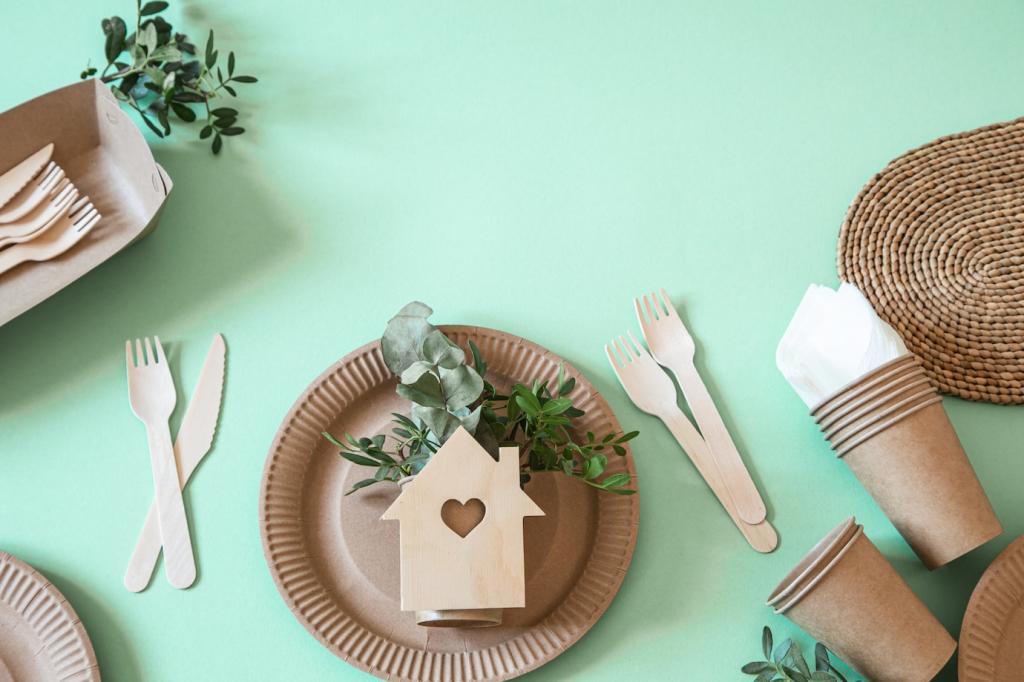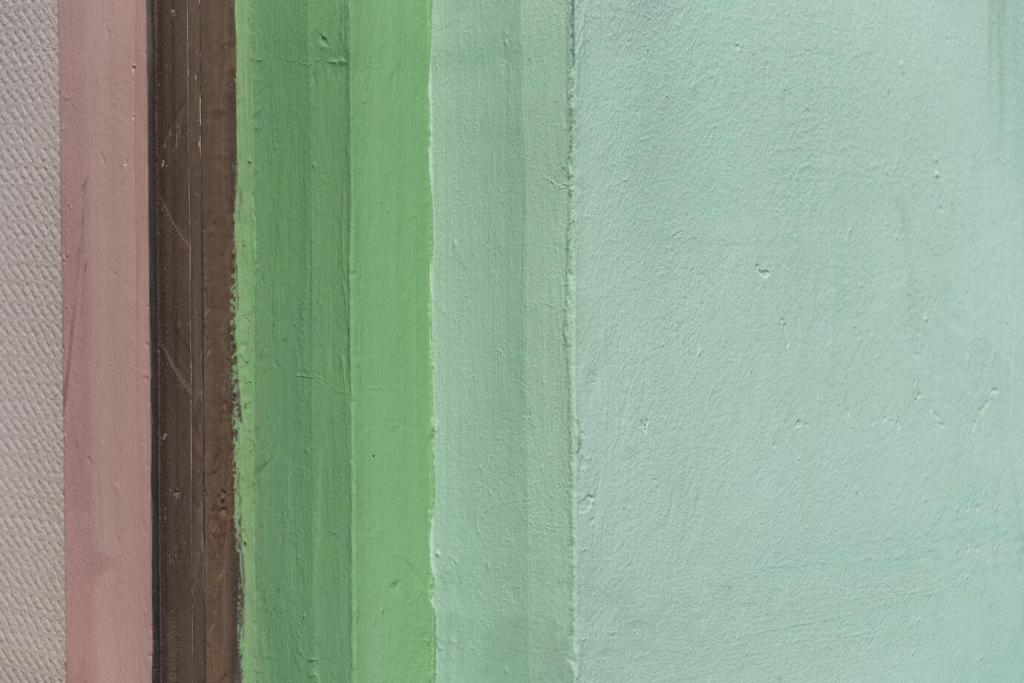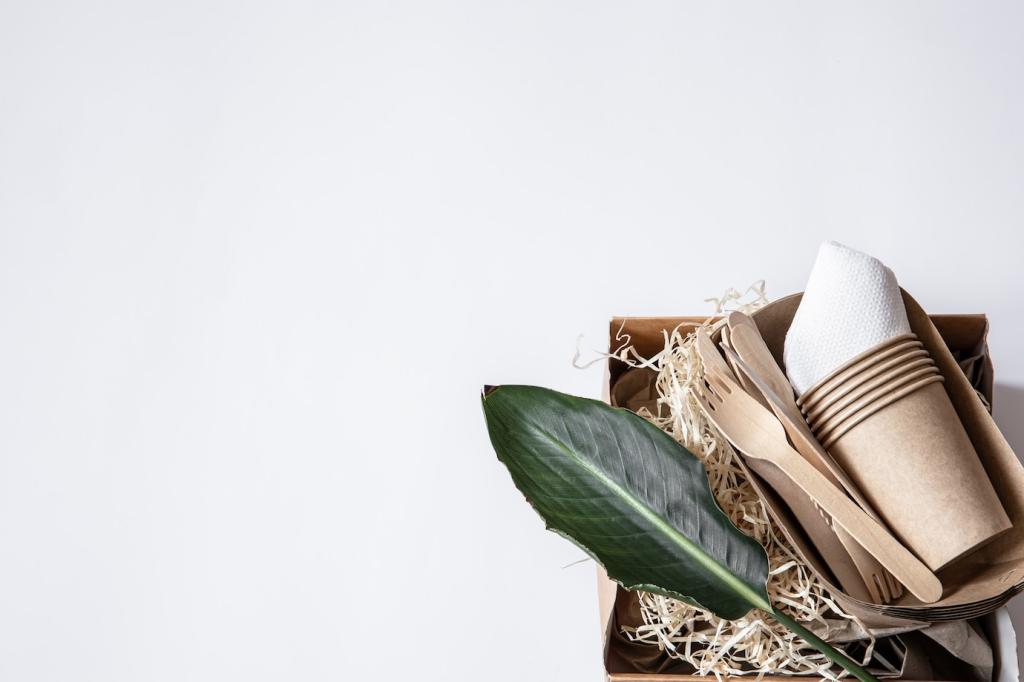Durability Demystified: Strength Without the Solvents
Today’s waterborne finishes use advanced crosslinking resins that create tough films resisting scratches and scuffs. Add a compatible catalyst in certain systems to push chemical resistance even further, ideal for busy kitchens and dining tables.
Durability Demystified: Strength Without the Solvents
Bathrooms and kitchens challenge any finish. Water‑based polyurethanes rated for high moisture stand up well, especially with proper film thickness. Allow adequate cure time before heavy use for the best long‑term performance and easy cleaning.
Durability Demystified: Strength Without the Solvents
Non‑yellowing waterborne formulas help whites stay bright and woods remain honest to their tone. On sun‑splashed windowsills or coastal cottages, that stability keeps rooms looking fresher and more intentional season after season.
Durability Demystified: Strength Without the Solvents
Lorem ipsum dolor sit amet, consectetur adipiscing elit. Ut elit tellus, luctus nec ullamcorper mattis, pulvinar dapibus leo.

